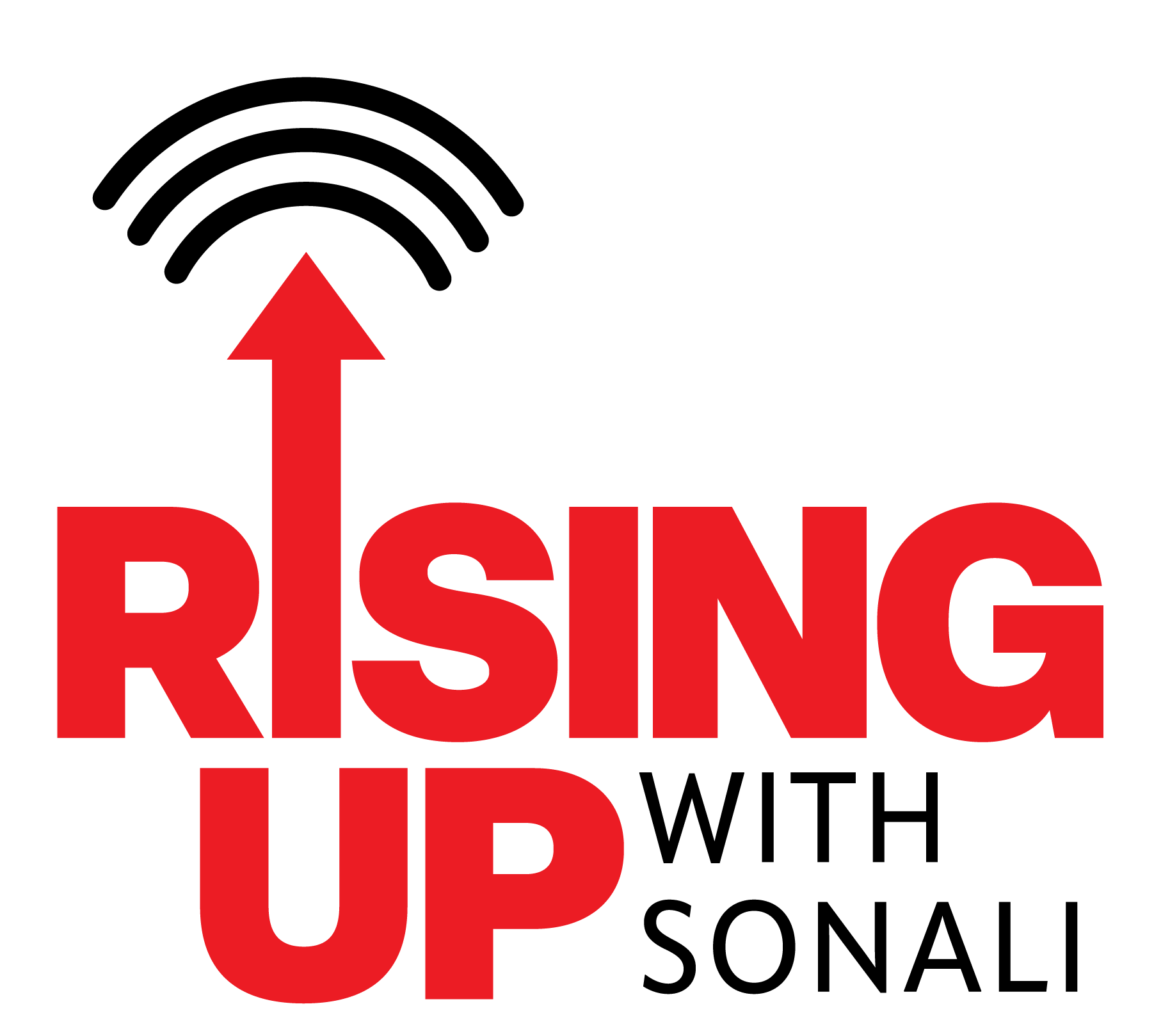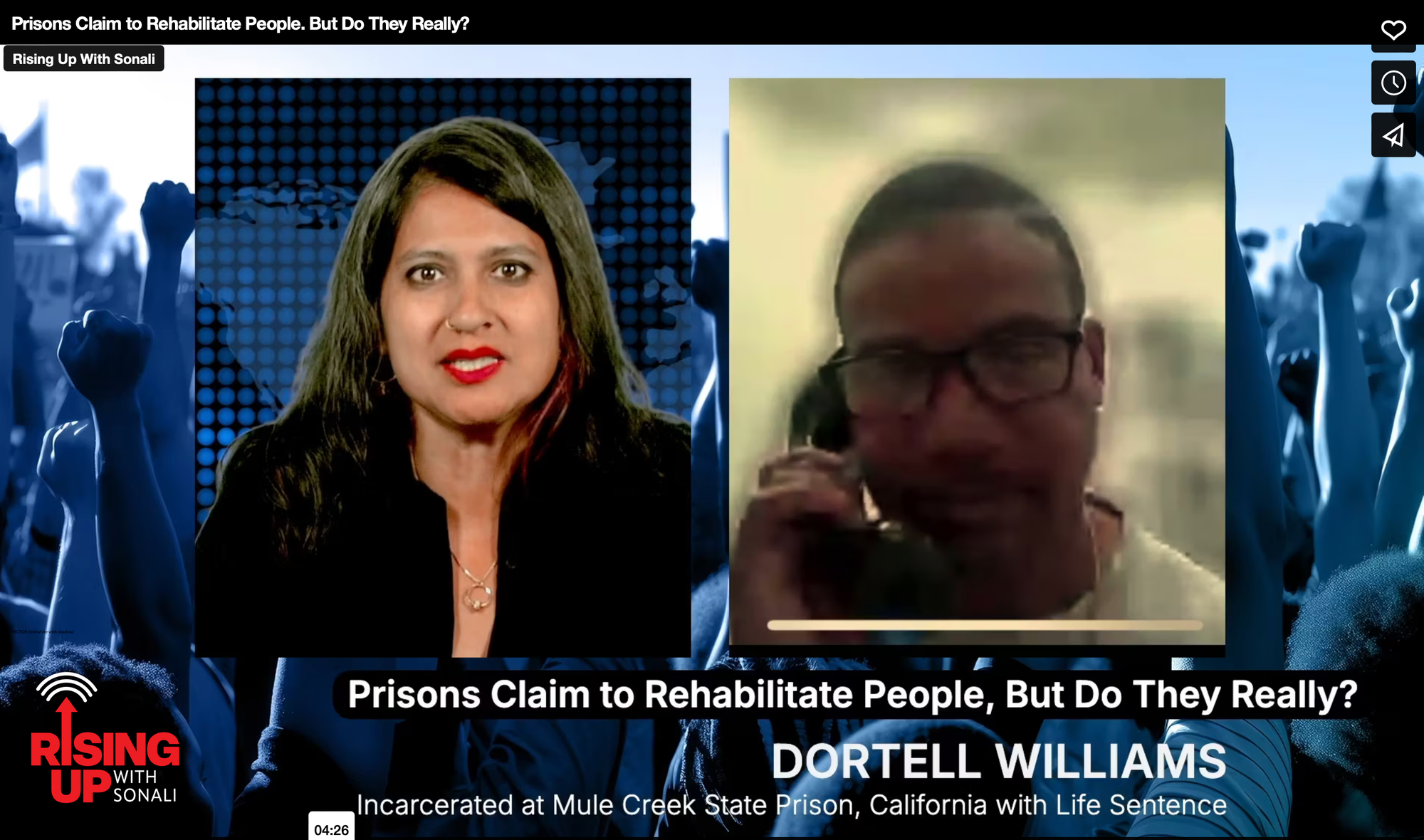This story was originally published on August 5, 2025.
FEATURING DORTELL WILLIAMS - The United States prison system is one of the harshest and most punitive in the world, locking up nearly 2 million people. According to the Prison Policy Initiative, “The U.S. locks up more people per capita than any other independent democracy, at the staggering rate of 580 per 100,000 residents.” What is the point of such a high rate of incarceration?
Rehabilitation, we are told, is the goal, and that imprisoning people who are convicted of crimes, will help them and help society. But does this work? Are there even mechanisms in place to measure if it’s working? Or are we merely locking people up and throwing away the keys?
But, what about those people who are sentenced to life in prison without the possibility of parole?
The Federal Bureau of Prisons reported that, “inmates who participate in correctional education programs have 43 percent lower odds of returning to prison than those who do not, and that every dollar spent on prison education saves four to five dollars on the costs of re-incarceration.” But prisons are constantly starving for funds.
Dortell Williams is serving a life sentence without parole at Mule Creek State Prison in California and is a regular correspondent with Rising Up With Sonali. An urgent effort to free him is underway. Find out more at www.FreeDortellWilliams.com.
ROUGH TRANSCRIPT:
Sonali Kolhatkar: Welcome back to the program Dortell Williams.
Dortell Williams: Yeah, good morning. Good morning to you and your audience. I'm glad to be with you.
Kolhatkar: So, you and I have talked so much about prisons and what they do, what they don't do. We are going to be talking today about rehabilitation, which often is in the words that are used to describe prisons. They're labeled institutions that rehabilitate, in other words, help reform individuals who have been convicted of crimes.
What does rehabilitation mean in the context of prisons? Like how do prisons actually say they rehabilitate people?
Williams: Well, you know, it's an elusive word, and I would say for people with life sentences, me included, the board is probably the best measurement of rehabilitation as far as the state's definition of it. And that is to show that you're not a, a present danger to society when they release you.
And then further than that, just in general, if a person were to get out and stay out for three years without going back to prison, they would consider that rehabilitated.
Kolhatkar: So for people who don't have access to parole or being able to go before a parole board, what does that mean? I mean, you have a life sentence without the possibility of parole. So how do you, how does someone in your position get treated by the system?
Williams: Well to be, to be blunt we don't exist. We just, we just don't exist. There's no measurement for us. There's no mechanism for us to be measured to, to go to the board. We're just labeled incorrigible from the moment we're sentenced. And most of us are sentenced as emerging adults. So that means that we're between the ages of 18 and 25, which is generally the ages that people go to prison. But we are we're deemed incorrigible from the beginning, and that's it. So yeah, that's, that's how they would measure that.


